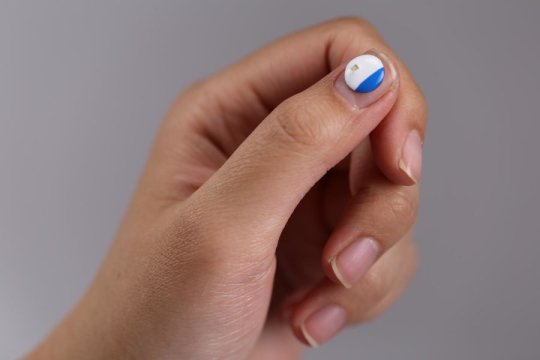The world’s smallest wearable, battery-free device has been developed by Northwestern Medicine and Northwestern’s McCormick School of Engineering scientists to measure exposure to light across multiple wavelengths, from the ultra violet (UV), to visible and even infrared parts of the solar spectrum. It can record up to three separate wavelengths of light at one time. The device’s underlying physics, and extensions of the platform to a broad array clinical applications are reported in this study to be published Dec. 5 in Science Translational Medicine. These foundational concepts form the basis of…
Read MoreAuthor: Tom Patriot
10 Things Everyone Always Gets Wrong About Deadpool
Children with autism, co-occurring ADHD symptoms lag in key measures of independence
A pair of new studies has provided new insight into the challenges faced by children on the autism spectrum who exhibit symptoms of attention deficit/hyperactivity disorder (ADHD). According to the findings from researchers at Children’s Hospital of Philadelphia (CHOP), these children have difficulty with adaptive behavior, a key measure of independence. Additionally, researchers pinpointed weaker functional connections in two large brain networks in children on the autism spectrum who have co-occurring ADHD symptoms. The first study, published in the Journal of the American Academy of Child and Adolescent Psychiatry, analyzed adaptive…
Read MoreAriana Grande Shows Rare Glimpse of Her Natural Curly Hair as She Tries Growing It Back
Ariana Grande has changed up her hair countless times over the years, but one style we rarely see the star sporting is her natural, untouched bouncy curls. But after the “Thank U, Next” singer shared an adorable throwback of young Ari with her beautiful curly hair, fans started asking when they would see her rock the look again. “Are your curls still…. alive i would like to c it,” one fan replied to Grande’s tweet. Another fan tweeted more throwback photos of Grande’s curls writing, “i was lookin at her curls earlier omg…
Read MorePush-up capacity linked with lower incidence of cardiovascular disease events among men
Active, middle-aged men able to complete more than 40 push-ups had a significantly lower risk of cardiovascular disease (CVD) outcomes — including diagnoses of coronary artery disease and major events such as heart failure — during 10 years of follow-up compared with those who were able to do less than 10 push-ups during the baseline exam. “Our findings provide evidence that push-up capacity could be an easy, no-cost method to help assess cardiovascular disease risk in almost any setting. Surprisingly, push-up capacity was more strongly associated with cardiovascular disease risk…
Read More




